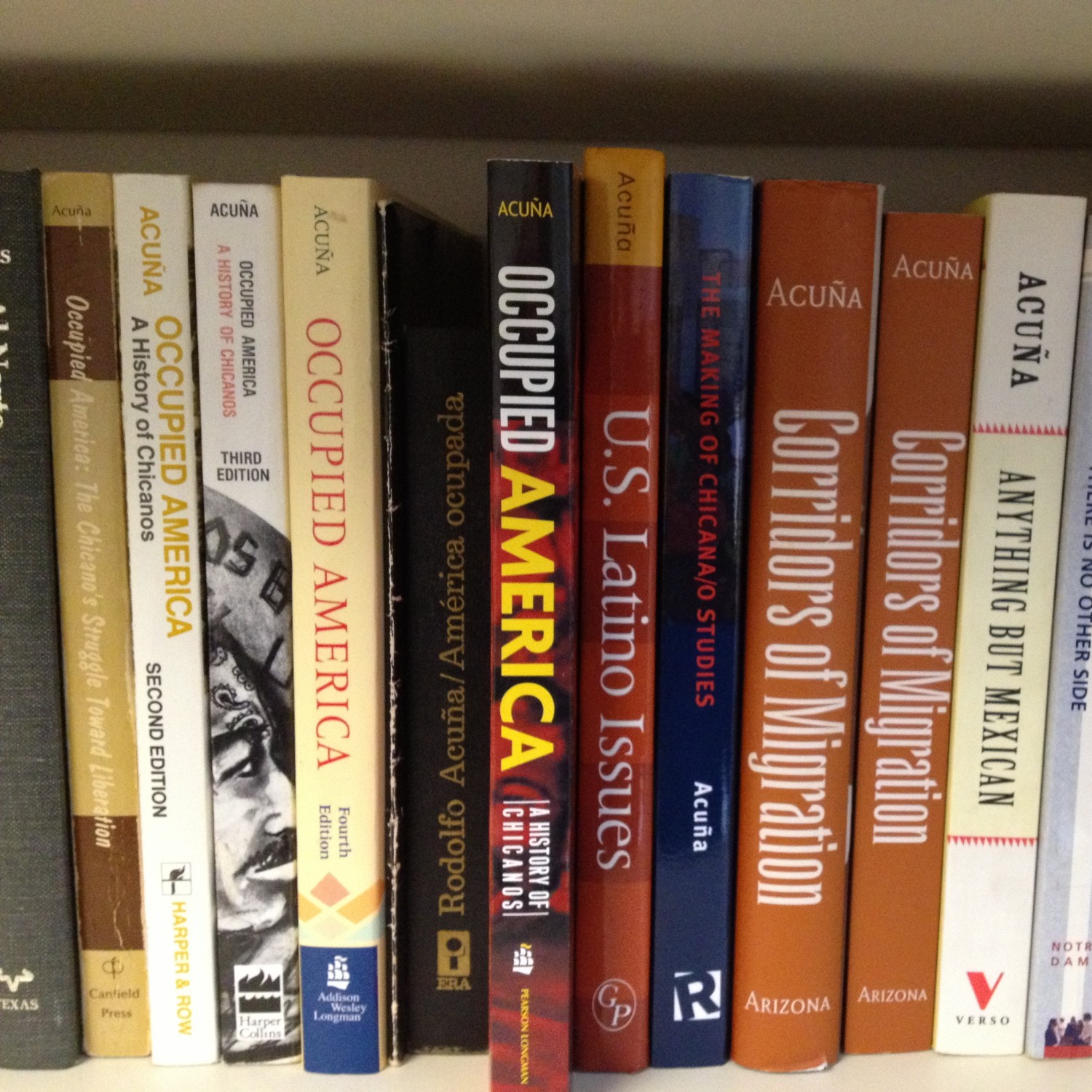
Oxnard’s Heritage Square (2015). Courtesy of the author’s photo collection.
I’m spending the whole summer in Chiques (Oxnard) with my family. Every morning or evening, I walk around downtown, and I reflect on the importance of the geography (space) of La Colonia.
This community was constructed by city policies of segregating the Mexican population from other ethnic groups, but especially from the White population. Even as this community was formed as a barrier, which limited their access to a decent education, housing, and a job, this community embraced the location as their own.
In other words, La Colonia became a location of struggles. One of my goals this summer is to conduct more research and writing on my manuscript, Searching for Memories in La Colonia: Migration, Labor, and Activism In Oxnard, California, 1930-1980.
As I work on this manuscript, my focus is to examine the struggles of migration, labor, and activism but to challenge the traditional history of the city, especially the farmers’ narrative. Or as noted by historian Frank Barajas, those narratives are connected to the agricultural industrial complex in Ventura County, which continues to be reconstructed over and over by local museums and amateur historians!
c/s












